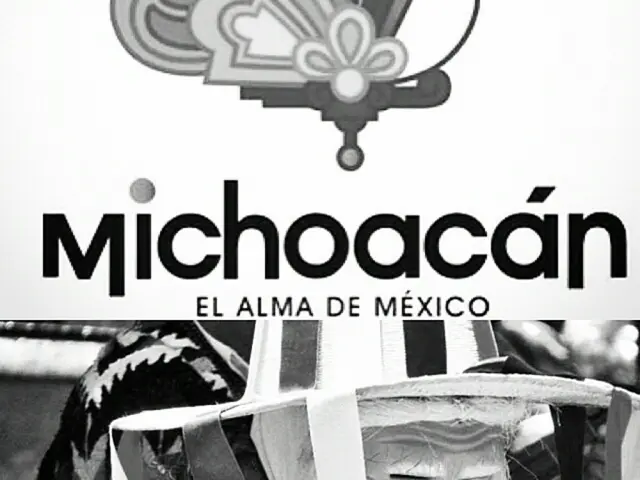Strategies for Overcoming Corporate Separation: Breaking Down the Legal Barrier Between Parent and Subsidiary Companies
In the world of business, a holding company can be a strategic choice for companies looking to consolidate power and reduce risks by owning multiple subsidiaries. These unique entities, however, do not produce goods or services themselves but own shares of other companies, referred to as subsidiaries, to control them.
While incorporating offers protection for shareholders from personal liability, there are instances where the corporate veil can be pierced. This article will delve into the factors California courts consider when applying the alter ego theory to pierce the corporate veil in a parent/subsidiary relationship.
The Alter Ego Theory and Veil Piercing
When the assets of a corporation are insufficient or unreachable, plaintiffs may seek to pierce the corporate veil and access the parent's or individual's personal assets. The central inquiry is whether the parent exercises complete dominion or control over the subsidiary and whether such control was used to commit a fraud or wrongdoing causing harm.
Key Factors in Veil Piercing
California courts adopt a fact-intensive approach, focusing on whether the subsidiary is simply a façade for the parent’s dealings and whether adherence to the separate corporate form would sanction fraud or injustice. The mere fact of a parent-subsidiary relationship or common ownership is insufficient on its own to pierce the veil without these additional aggravating factors.
Extent of Control
Courts look at whether the parent corporation exercises pervasive control over the subsidiary, including financial, operational, and managerial domination. The subsidiary should be so dominated that it is a mere instrumentality or alter ego of the parent.
Fraud or Unfair Conduct
The control exercised must be used to perpetrate a fraud or a wrongful act, not just mere injustice or contract breach. Courts require proof that the parent’s domination was employed to commit an improper act that injured the plaintiff.
Causal Connection
There must be a proximate causal link between the defendant’s control and the harm suffered by the plaintiff.
Unity of Interest and Ownership
Factors including commingling of funds, failure to observe corporate formalities, undercapitalization of the subsidiary, and using the subsidiary’s assets as own support the veil piercing claim under alter ego theory.
Economic Unity
If the parent-subsidiary relationship is so enmeshed that they operate as a single economic entity, the veil may be pierced to reveal their actual economic and commercial reality.
Preventing Injustice or Fraud
Courts generally invoke veil piercing to avoid fraud, injustice, or evasion of a statute or contractual obligation.
When and How the Corporate Veil can be Pierced
The court may pierce the corporate veil before or after rendering a judgment on the merits. It can be pierced in a parent/subsidiary context and when the corporation has only one individual shareholder.
The Agency Theory
In addition to the alter ego theory, the agency theory can also be used to pierce the corporate veil. This theory requires a plaintiff to prove that a subsidiary was acting on behalf of the parent as its agent, with the parent exercising total control over the subsidiary.
Protecting Yourself from Personal Liability
To avoid personal liability for the debts of a company or subsidiary, proper capitalization, insurance, compliance with corporate formalities, separate tax returns, avoiding mixing personal and company funds, and maintaining an adequate debt/equity ratio are recommended.
This article has discussed the corporate veil piercing in product liability cases, the decision of where to incorporate, and the use of a holding company for investment management. It does not provide information about the unmasking of the entity in product liability cases, the benefits of incorporating in DE, CA, or NV, or the use of a holding company for purposes other than investment management.
- In the event of inadequate or unreachable assets, plaintiffs may consider applying the alter ego theory to pierce the corporate veil, especially in a parent/subsidiary relationship, with the primary focus on whether the parent corporation exercises complete control over the subsidiary and whether this control was utilized to perpetrate a fraud or wrongdoing.
- To minimize the risk of personal liability in a business setting, it is advisable to maintain separate finances, adhere to corporate formalities, and ensure an appropriate debt-to-equity ratio, among other practices, as this can help establish the separate existence of a company or subsidiary and prevent veil piercing based on the agency theory.





